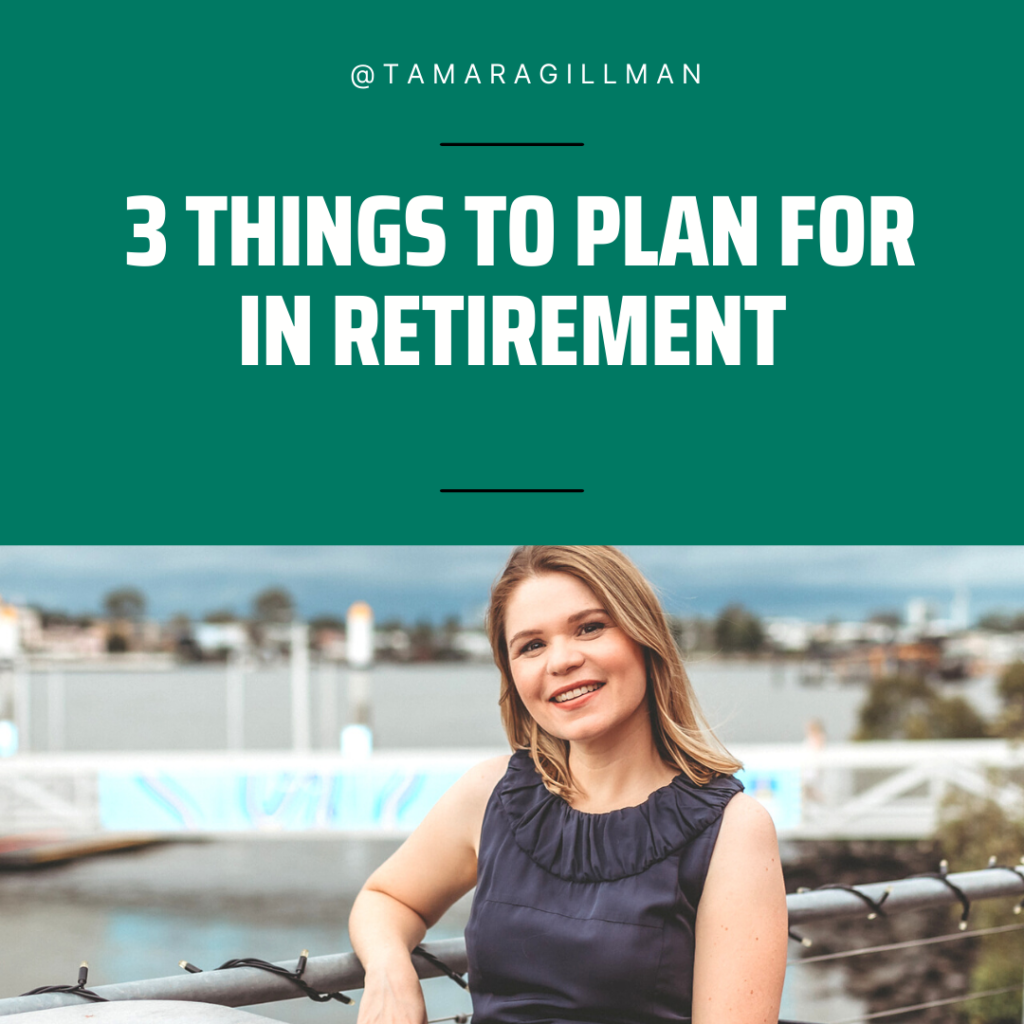
Retirement means different things to different people, and is an exciting phase in your life. For some, it’s an opportunity to travel, to begin that project they’ve been putting off for years, or to just relax, spend time with the grandkids and dabble in their favourite hobbies. Retirement should be a time to relax and be free.
But all the recent changes to superannuation bring with their lifestyle and financial considerations you need to be aware of. as you plan your retirement.
If you’re considering retirement, there are issues you need to think about and plan for before you take the plunge. Here are 3 decisions retirees commonly miss in planning for their retirement:
𝟏. 𝐇𝐚𝐯𝐞 𝐚 𝐫𝐞-𝐜𝐨𝐧𝐭𝐫𝐢𝐛𝐮𝐭𝐢𝐨𝐧𝐬 𝐬𝐭𝐫𝐚𝐭𝐞𝐠𝐲
Few prospective retirees have heard about a ‘re-contribution strategy’ but you do need to know what it is and how it works.
Your superannuation entitlements comprise both taxable and tax-free components. A re-contribution strategy is one where you withdraw your money from your superannuation account and re-contribute that cash back into your fund.
Re-contributing all or part of your withdrawn funds back into your superannuation as a tax-free non-concessional contribution increases the level of tax-free funds in your superannuation account. This can help financial non-dependents, such as children, pay less tax if they receive your Super as part of their inheritance. Seek advice on this, as there are lots of terms & conditions to adhere to.
𝟐. 𝐃𝐞𝐚𝐭𝐡 𝐧𝐨𝐦𝐢𝐧𝐚𝐭𝐢𝐨𝐧𝐬
Retirees often forget that death benefits can be payable to your spouse, children (including adult children), or your estate, from your superannuation fund upon your death.
There are four types of death nominations:
- Binding death benefit nomination or
- Non-binding death benefit nomination
- Reversionary beneficiary (for pension account holders)
- Lapsing or Non-lapsing
𝟑. 𝐄𝐧𝐬𝐮𝐫𝐢𝐧𝐠 𝐲𝐨𝐮𝐫 𝐦𝐨𝐧𝐞𝐲 𝐰𝐢𝐥𝐥 𝐥𝐚𝐬𝐭 𝐚𝐧𝐝 𝐦𝐚𝐱𝐢𝐦𝐢𝐬𝐢𝐧𝐠 𝐂𝐞𝐧𝐭𝐫𝐞𝐥𝐢𝐧𝐤
Australia’s social security system is ‘means tested’, according to your level of assets and income. It is designed to act as a safety net. So, the higher the income or assets you have on retirement, the lower your Age Pension entitlements may be.
If your income or assets exceed the set cut-off limits, you will not be eligible for an Age Pension at all. Generally, with our robust Superannuation system, Australians are expected to use more of their own savings to fund their retirement. This includes the expectation that you may even use your home equity to fund topping up your Centrelink pension if you are in the position to do so.
Currently, for every $10,000 of assets above the allowable Age Pension threshold your pension drops by $390 per year each if you’re a couple or $780 per year for a single person.
Planning your retirement can be complicated. As you can see from the above three issues, the various legislative frameworks are complex and constantly changing. While it pays to understand how retirement works, contact Tamara to discuss your personal situation and retirement needs.
